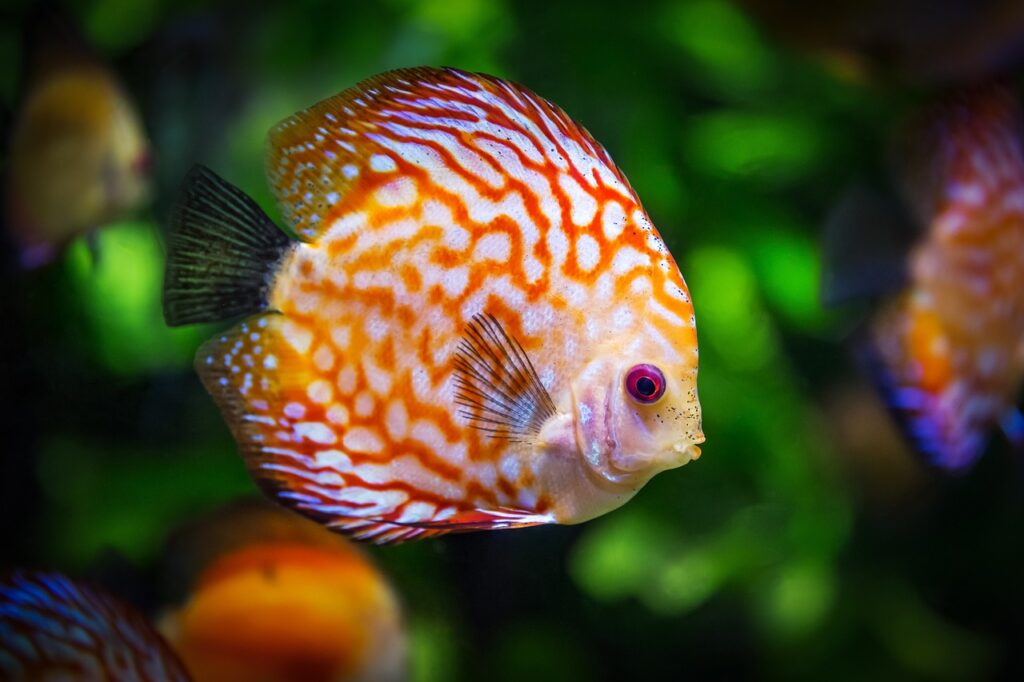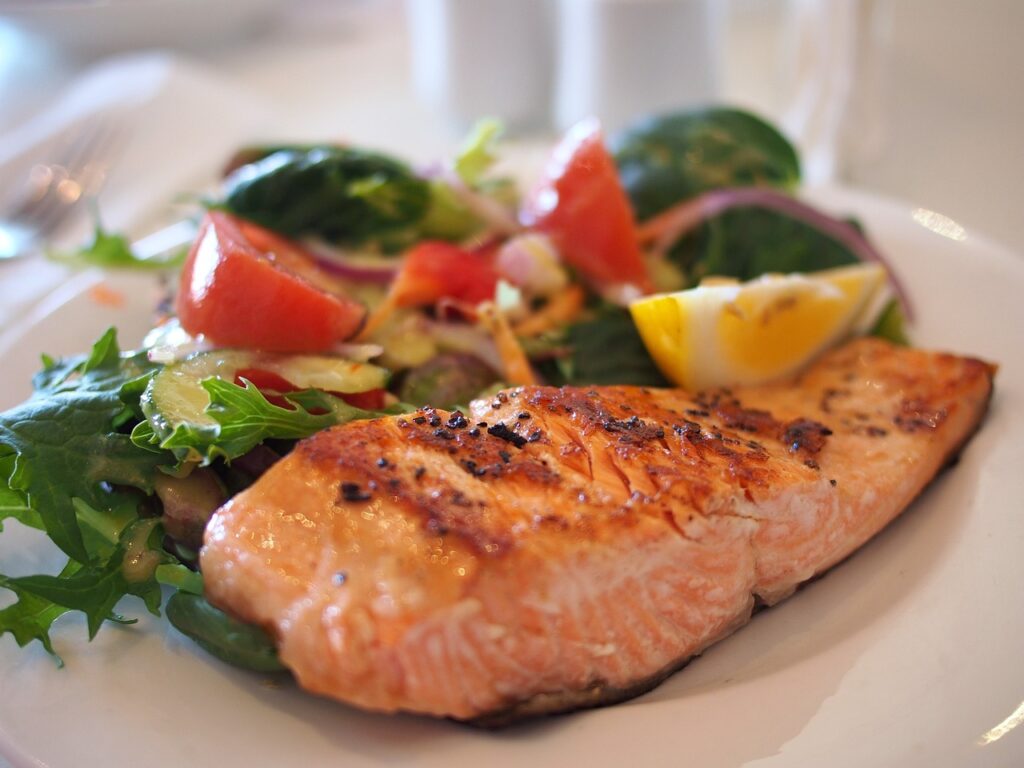
So, you’ve got your fly rod all set up, your reel is ready to go, and now you’re faced with the decision of choosing the right fly line color. It may seem like a small detail, but believe it or not, the color of your fly line can make a big difference when it comes to your fishing success. In this article, we’ll explore the factors to consider when selecting a fly line color and provide some tips to help you make the best choice for your angling adventures. So, let’s dive in and unravel the mysterious world of fly line color!
Factors to Consider
When it comes to fishing, there are several factors that you need to consider in order to have a successful outing. Whether you’re a beginner or a seasoned angler, taking these factors into account will greatly improve your chances of catching fish. The four main factors to consider are the fishing environment, water clarity, fish behavior, and personal preference. Let’s take a closer look at each of these factors and how they can impact your fishing experience.
Fishing Environment
The first factor to consider is the fishing environment. This refers to whether you’ll be fishing in saltwater or freshwater. Each environment offers its own unique challenges and opportunities, so it’s important to understand the differences.
Saltwater Fishing
Saltwater fishing is a popular choice for many anglers due to the variety of fish species that can be found in these waters. From snook to tarpon, there’s something for everyone. When fishing in saltwater, it’s important to take into account the specific conditions you’ll be facing.
Freshwater Fishing
Freshwater fishing, on the other hand, offers its own set of challenges and rewards. Whether you’re casting your line in a river, lake, or stream, you’ll be targeting different species and dealing with different conditions.

Saltwater Fishing
When it comes to saltwater fishing, there are various factors to consider that can greatly affect your success. These factors include water clarity, the nature of the bottom of the water body, and the presence of any grass or weeds.
Clear Waters
If you find yourself fishing in clear waters, consider yourself lucky. Clear waters provide excellent visibility, allowing you to see the fish and their movements. This can be a great advantage when trying to entice a strike. In clear waters, opt for natural-colored lures that mimic the fish’s prey.
Muddy or Stained Waters
Muddy or stained waters can pose a challenge for saltwater anglers. In these conditions, visibility is reduced, making it harder to spot fish and effectively present your bait or lures. In murky waters, using bright and flashy lures can help grab the attention of fish and increase your chances of a bite.
Grassy or Weedy Areas
Grassy or weedy areas can be a prime location for fish, as they provide a hiding place and a source of food. When fishing in these areas, consider using weedless lures or rigs to avoid getting snagged. Be sure to select lures that imitate the prey found in these environments, such as frogs or small fish.
Freshwater Fishing
Freshwater fishing offers a wide range of opportunities, from angling in rivers and lakes to exploring the smaller streams. Understanding the characteristics of each freshwater environment can help you strategize and make the most of your fishing excursion.
Rivers
Rivers are dynamic ecosystems that support a variety of fish species. When fishing in rivers, it’s important to take into account the flow of the water. Fish often position themselves in areas where they can conserve energy, such as behind rocks or in eddies. Pay attention to the current and adjust your presentation accordingly.
Lakes
Fishing in lakes provides a different set of challenges. These large bodies of water can be intimidating, but if approached with the right strategy, they can yield great results. Look for structures such as submerged logs, drop-offs, or weed beds, as these areas often attract fish. Adjust your techniques based on the time of year and the behavior of the fish.
Streams
Streams are smaller bodies of water that require a more delicate approach. The flow of the water is typically faster, so you’ll need to use lighter gear and make precise presentations. Look for areas where the current slows down, such as pools or pockets behind rocks, as fish often gather in these areas.

Water Clarity
Water clarity plays a significant role in your fishing success. Understanding how different water conditions affect fish behavior can help you select the appropriate techniques and lures.
Clear Water
In clear water, fish have increased visibility and may be more cautious. The key here is to use a more natural presentation and lighter line to avoid spooking the fish. Consider using lighter-colored lures or flies and be sure to make accurate casts to avoid alerting the fish to your presence.
Murky or Stained Water
In murky or stained water, visibility is reduced, and fish rely more on their other senses to locate prey. In these situations, using lures or flies with more vibrant colors and larger profiles can help catch the attention of fish. Additionally, you may want to opt for lures that produce noise or vibrations to attract fish in low-visibility conditions.
Fish Behavior
Understanding fish behavior is key when it comes to successful fishing. By considering the species you’re targeting, their feeding habits, and aggressiveness, you can tailor your approach to increase your chances of a bite.
Species
Different fish species have different behaviors and preferences when it comes to feeding and habitat. Some of the most popular species among anglers include trout, bass, salmon, pike, bonefish, tarpon, redfish, and snook. Researching the behavior of your target species can provide valuable insights into their preferred habitats, feeding patterns, and the best techniques to use.
Feeding Habits
Fish can be categorized as surface feeders or subsurface feeders, depending on where they primarily locate their prey.
Surface feeders, such as trout and bass, often target insects and small fish on or near the water’s surface. In these cases, topwater lures or flies can be effective in imitating the fish’s natural prey.
Subsurface feeders, on the other hand, primarily locate their prey beneath the water’s surface. For these fish, using sinking lures or flies that imitate baitfish or crustaceans can be more successful.
Aggressiveness
Fish can also vary in their level of aggressiveness. Some species, like pike and bass, are known for their aggressive nature and will strike readily at fast-moving lures. Others, such as trout or snook, may be more selective and require a more subtle presentation. Understanding the aggressiveness of the fish you’re targeting can help you choose the appropriate lures and techniques.

Personal Preference
Last but not least, personal preference plays a role in your fishing experience. Factors such as visibility and style can influence the choices you make on the water.
Visibility
When it comes to visibility, it’s important to consider how you want to experience your fishing trip. Some anglers prefer clear waters where they can see the fish and enjoy the beauty of their surroundings. Others may find the challenge of fishing in murky or stained waters more thrilling. Consider your personal preference when choosing your fishing environment.
Style
Fishing styles can vary widely, ranging from traditional to modern to fashionable. Traditional anglers may prefer using classic techniques and gear, while modern anglers may embrace the latest technological advancements in fishing equipment. Fashionable anglers may focus on trendy gear and clothing. Your fishing style should reflect your personality and make you feel comfortable on the water.
In conclusion, when it comes to choosing the right fishing environment, considering factors such as water clarity, fish behavior, and personal preference can greatly impact your success. By understanding the specific characteristics of saltwater and freshwater environments, adjusting your techniques based on water clarity, and tailoring your approach to the behavior of the fish you’re targeting, you’ll be well-equipped to have a fantastic fishing experience. So grab your gear, head to your favorite fishing spot, and get ready for an unforgettable adventure on the water.